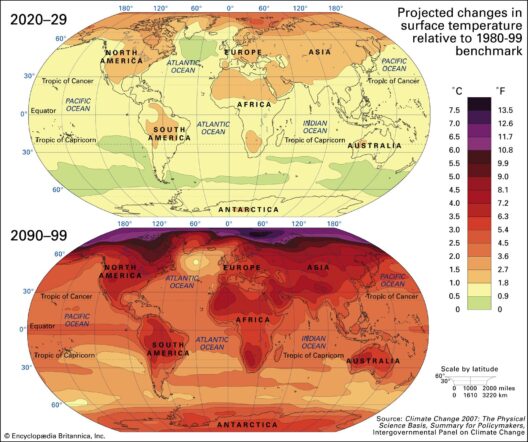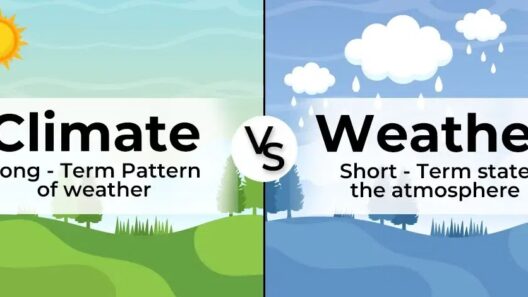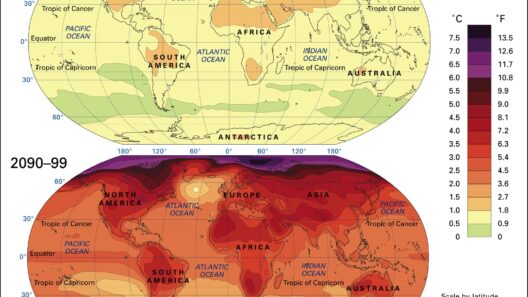New Mexico, a state characterized by its striking landscapes and vibrant cultural heritage, possesses a climate that is as multifaceted as its geography. The climate of New Mexico can be predominantly classified as semi-arid or desert, marked by its expansive deserts, striking mountains, and plateaus. This article takes you on a journey through the climatic intricacies that define the Land of Enchantment, unraveling the enigmatic patterns of its desert days and cool nights.
The state is geographically diverse, featuring high mountain ranges, rolling hills, and vast stretches of desert. Elevation plays a crucial role in defining the climate, with higher altitudes experiencing markedly different weather patterns than the lower-lying areas. For instance, the northern regions, including the Sangre de Cristo Mountains, boast alpine climates with cooler temperatures, while the southern portions, such as the Chihuahuan Desert, exhibit a stark desert climate. This remarkable variation engenders a palette of ecological zones, each with its own distinct weather characteristics.
One defining feature of New Mexico’s climate is its aridity. The state receives limited precipitation, averaging approximately 13 to 18 inches annually. Rainfall is often sparse and unpredictable, yet distinct seasonal patterns emerge. The summer months see monsoonal storms sweeping in from the southwest, delivering bursts of rain that momentarily transform the parched landscape into a vibrant tableau of blooming wildflowers and lush vegetation. In contrast, winter presents a drier phase, as cold fronts flow down from the north, bringing chilly temperatures and occasional snow, particularly in the mountainous regions.
Daytime temperatures in New Mexico are typically characterized by extreme highs. During the summer months, mercury levels can soar to over 100 degrees Fahrenheit, particularly in the southern desert regions. The air can feel sweltering, and the landscape appears to shimmer under the intense sun. However, as dusk falls, a remarkable transformation occurs. The temperature can plunge dramatically, sometimes varying by as much as 40 degrees by nightfall. This stark diurnal temperature shift is a hallmark of desert climates, resulting from the desert’s lack of moisture, which allows heat accumulated during the day to dissipate rapidly after sunset.
The cool nights in New Mexico are not just a breath of fresh air; they provide numerous ecological benefits. Many desert-dwelling creatures emerge after sunset, taking advantage of the cooler conditions to go about their nightly activities. Nocturnal wildlife, including coyotes, owls, and various reptiles, thrive in this rhythmic dance between day and night. Such patterns highlight the intricate web of life that has adapted to the nuanced climate conditions, emphasizing the resilience and adaptability of nature.
As one traverses the state, the distinct regional climates become increasingly apparent. For example, the Rio Grande Valley is characterized by warm summers and mild winters, making it suitable for growing a diverse array of crops, including chile peppers that are culturally significant to local cuisine. Here, one can witness the challenges of climate change manifesting as shifting weather patterns and prolonged droughts, which imperil agricultural outputs and the livelihoods of local farmers.
Conversely, in the higher elevations of the northern regions, conditions are favorable for a different type of agriculture, particularly the cultivation of crops like barley and winter wheat. The cooler climate and ample snowfall contribute to an agricultural rhythm distinct from that of the southern desert plains. This illustrates the state’s diverse climatic horizons, and how they cater to varied ecological and agricultural needs. Understanding these correlations not only enriches one’s appreciation for New Mexico but also underscores the significance of recognizing environmental factors in sustainable development.
Climate change poses a significant threat to New Mexico’s ecosystems and human societies alike. Rising global temperatures result in altered precipitation patterns, leading to a marked increase in the frequency and intensity of droughts. The implications of these changes are manifold, affecting water supply, agriculture, and natural habitats. As the consequences of climate change become increasingly visible, communities are compelled to adapt and evolve, fundamentally altering their relationship with the natural environment.
In terms of potential solutions, New Mexico is making strides toward sustainability. Efforts focused on renewable energy, conservation, and sustainable land management practices are gaining momentum. The state is rich in solar and wind energy potential, offering pathways for reducing reliance on fossil fuels while simultaneously mitigating the impacts of climate change. Such initiatives not only aim to protect the delicate ecosystems that inhabit this diverse landscape but also seek to maintain the cultural identity and economic stability of the local communities.
In conclusion, the climate of New Mexico is a profound interplay of desert days and cool nights, offering a rich tapestry of experiences for those who dwell within its bounds. Its distinct regional variations, coupled with the challenges presented by climate change, demand an informed and responsible approach to environmental stewardship. By recognizing the complexity of New Mexico’s climate, we can cultivate a deeper understanding of the relationships between natural systems and human activities. By fostering curiosity and a willingness to adapt, we can ensure that the Land of Enchantment continues to thrive for generations to come.







